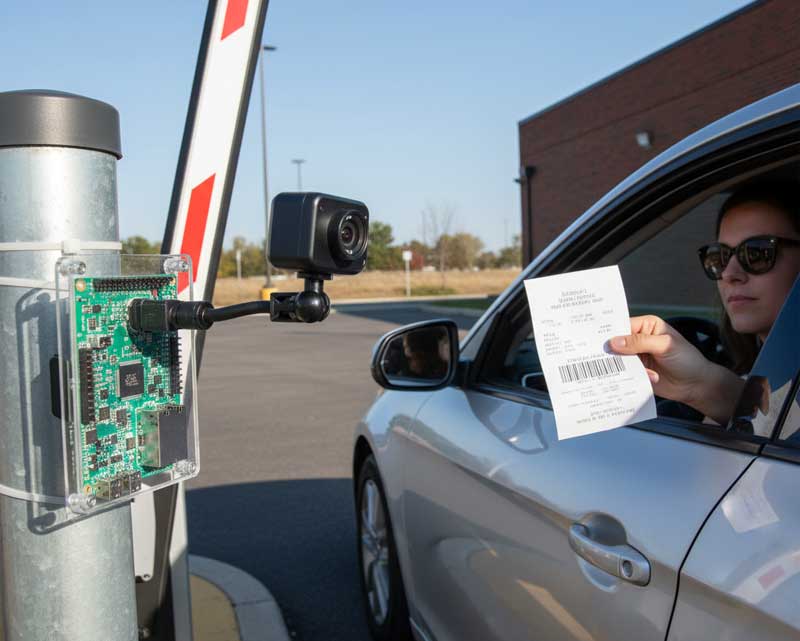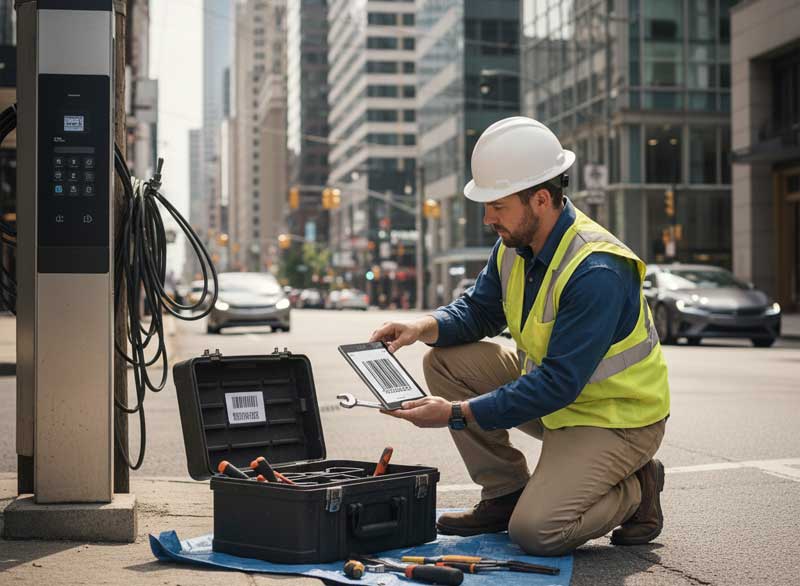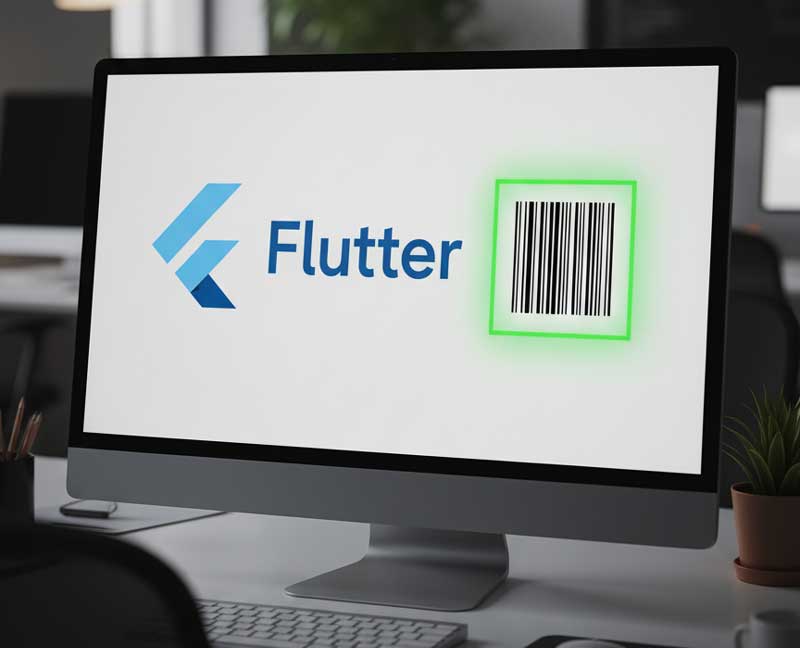
Barcode Types, Best Practices & Recommended Software Solutions
One of the most important is the implementation of barcodes throughout warehouse operations, which has significantly aided the ability to more quickly and accurately track similar products as well as associated inventory levels and order processing; it is far less labor-intensive. If you are a manager in possession of a small stockroom or even have a large distribution center, the fact is that how good you can manage using barcodes could save your time and reduce coding errors as well you will be able to reach the end goal — improve efficiency. This post will help you to understand how barcodes function in the context of a warehouse, which types are most applicable for their use cases and what different software tools for barcode scanning and data management exist.
Why Use Barcodes in Warehouses?
Having barcode technology in the warehouse can offer many benefits.
- Time – Scanning a barcode takes seconds, not minutes.
- Precision – Due to human mistake recording product codes and units, it noticed a small entry and correct-demanded such function.
- Inventory Control – You can keep your incoming attributes and outgoing properties on track always to prevent stock outs.
- Cost of Savings – Lesser mistakes is equal to lesser time correcting them.
- Scalability — It is effective for a small inventory and large-scale operations.
Barcodes are also compatible with Warehouse Management systems (WMS), ERP, and shipping platform.
Utilization Of Barcodes In Warehouse
Normal Barcode Applications used in Warehousing:
- Receiving Goods
Upon new item or pallet arrival, this inventory is scanned and the WMS instantly reflects current stock levels. - Inventory Tracking
Barcodes are used to identify where the goods need to be picked: an aisle or shelf, etc. - Order Picking
CheckScan: Picking workers use this option to scan items into the outbound Cart (to conveyor areas map) to ensure that all outgoing items have been checked for their accuracy before they are being shipped. - Stocktaking
It also benefits us now because our periodic inventory counts have sped up and are better. - Shipping and Returns
In this section, it scans the outgoing orders to update in the inventory and labeling the shipping items.
Types of Barcodes for Warehousing
To prevent such issues is why choosing a suitable barcode type solves the problem. Barcode Categories There are two types of barcodes: 1D (linear) and 2D.
1D (Linear) Barcodes



- Example : Code 128, Code39, EAN13, UPC-A
- Advantages :
Easy to print and scan
Most scanners and software compatible
Provides basic numeric or alphanumeric code - Disadvantages :
Other types of data have a less limited capacity (~20–30 characters for text)
Requires more label space
Best for : Shelf labeling label, shipping label, and plain product ID.
2D Barcodes



- Sample : QRCode, DataMatrix, PDF417
- Advantages :
Filled with data: URLs, batch numbers, expiry dates…
Scan possible if partly destroyed (error correction)
Tiny labels are its forte - Disadvantages :
But they require an imager (some lasers cannot).
Harder to design and print.
Ideal for : Granular product traceability, serialized products, recalls, and digitization of paper records.
Recommended Barcode Types for Warehousing
- This type of barcode has a high-density compact size and is widely implemented in fast-moving goods and standard packing: Code 128
- Shipping/Pallet : Code 128 or GS1-128 (for global supply chain use) Logistics Labels
- Data Matrix will be best working in smaller items or the items with complicated information.
- Sales, Link Back to Online Manuals (ideally with QR code): Best with QR code but fewer retail workers have these inside the warehouse tracking.
Barcode Printing and Labeling Tips
- LONG-LASTING : Print with thermal transfer printers to create labels that will outlast the equipment in which they are applied.
- Labeling areas that may get scratched, material that will bend or where you want to tape over this area are not ideal.
- Consistent labeling sizing and techniques in the entire warehouse
- If you are leaving it outside, or under refrigeration use waterproof labels.
Software for Scanning and Managing Barcodes
Handheld scanners, mobile devices, and tablets can scan barcodes. Project team members should use the following software in your warehouse:
A. Mobile Apps
B. Desktop & WMS-Integrated Solutions
- Fishbowl Inventory – Works with barcode scanners and integrates with QuickBooks.
- NetSuite WMS – Cloud-based system for large-scale operations.
- Zoho Inventory – Affordable, easy-to-use solution for small to mid-sized businesses.
- DataSymbol Barcode Scanner
C. SDK Options
- DataSymbol Barcode Reader SDK is available for (Windows, Linux, macOS, Android, and iOS), this SDK will allow developers to implement a customized barcode reading on their apps.
Barcode Implementations: Leading Warehousing Best Practices
- Uniformize Your System – Consistent use of identical barcode structure throughout branches.
- Train Your Staff — Ensure that your staff knows the right way of scanning damaged labels safely
- Entry Level — Inspect printers and scanners; clean, well-lit workspace.
- POC — Pilot on regional or smaller scale, buttress it your offering rod
- Service Providers – Take another Screenshot- Dashboard Integrates with Your WMS More so, Real-time data flow is the holy grail of automation efficiency.
Barcodes are an indispensable tool for modern warehouse operations, enabling faster processing, reduced errors, and improved inventory visibility. Choosing the right barcode type, printing method, and scanning software can make a significant difference in performance. Whether you opt for a simple 1D barcode system or a more advanced 2D approach, the goal is the same: streamlined, accurate, and efficient inventory management.
Ready to get started?
Barcode Reader SDK Barcode Scanner for Web Site FAQs








